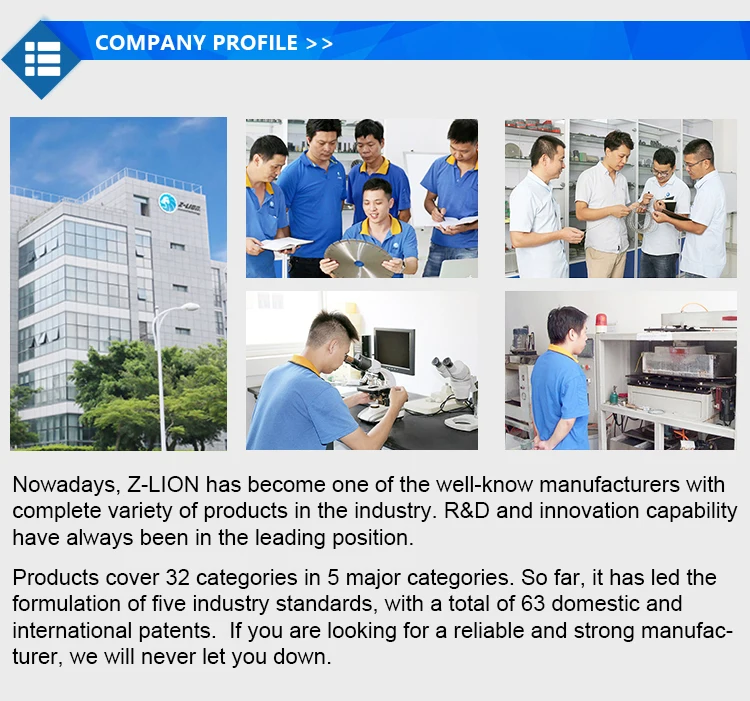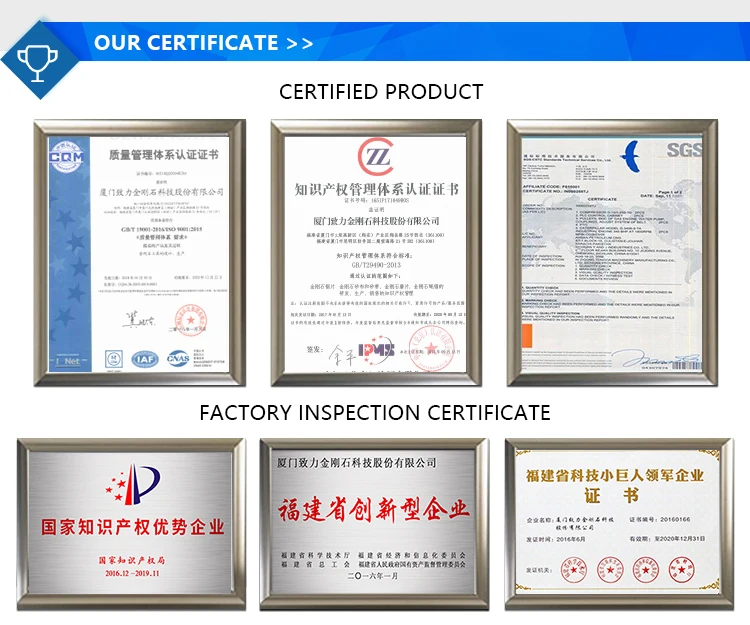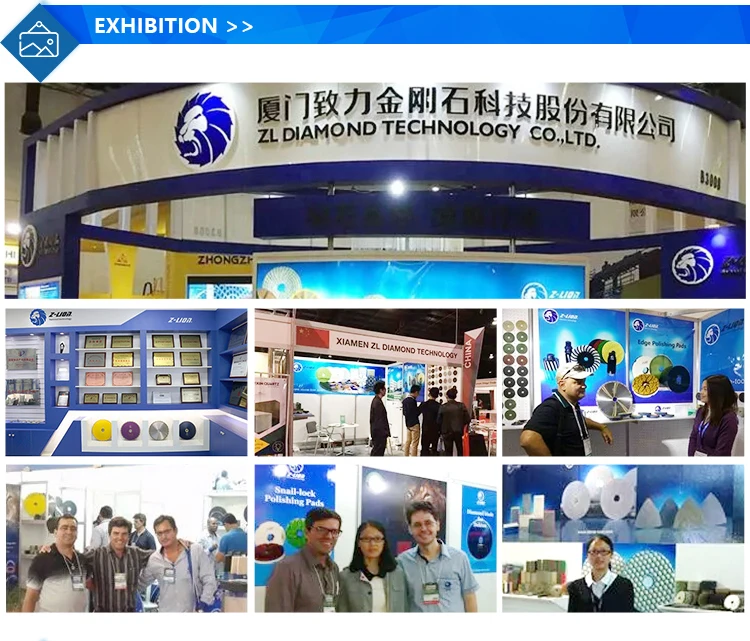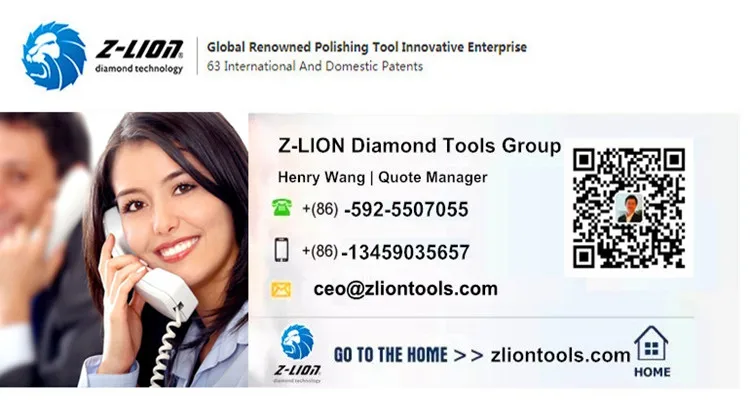Keywords diamond wire, saw blade | 2019-12-18 09: 33: 07 | Source
Basic situation of diamond wire industry
The diamond wire is made by a certain method, uniformly consolidating diamond fine powder particles on a high-strength steel wire matrix with a certain distribution density. Through the diamond wire cutting machine, high-speed grinding movement is performed between the diamond wire and the object, so as to achieve the purpose of cutting.
Diamond wire began to be used in sapphire cutting, scale application in sapphire cutting began in 2007, and cutting of photovoltaic crystal silicon wafers began in 2010. The demand for diamond wire is divided according to the application field and link. The amount of diamond wire used for photovoltaic crystalline silicon slicing, that is, the diameter of 50-80 μm wire diameter is large, accounting for more than 90% of the current total demand for diamond wire, which is much higher than sapphire and magnetic The amount of materials and application areas and links such as silicon slicing and silicon truncation, so the market demand for diamond wire is mainly affected by the development of the downstream photovoltaic industry.
Since 2013, China's photovoltaic industry has achieved rapid development under the background of government subsidies. However, in recent years, the gradual reduction of photovoltaic industry subsidies has forced photovoltaic companies to achieve sustainable development of the industry by "reducing costs and increasing efficiency." As the core raw material of solar cells, the cost reduction of silicon wafers is of great significance to the photovoltaic industry. The early silicon wafer cutting process mainly used the diamond internal saw blade process. This process has the problems of large cut seams and large loss of silicon material. At the same time, the size of the silicon rod is also limited, which makes the cost of silicon wafer production high. With the evolution of cutting technology, silicon wafer manufacturers gradually switched to the free abrasive mortar cutting process, and the cost has been reduced to a certain extent. However, because the cutting efficiency of the mortar is still low, the cutting loss is large, the cost of environmental protection treatment is high, and the cost of slicing has further decreased. Less space. Therefore, the above-mentioned traditional cutting process cannot greatly reduce the cost of crystalline silicon slices and greatly improve the cutting efficiency, which has become an important factor restricting the healthy and sustainable development of the photovoltaic industry at that time.
The diamond wire cutting process greatly improves the yield of silicon and the cutting efficiency of silicon wafers, and effectively reduces the non-silicon cost in the silicon wafer manufacturing process. After the localization of diamond wire, due to its price advantage, single crystal companies represented by Longji began large-scale use of diamond wire technology in 2015. Because diamond wire cutting technology can significantly reduce the non-silicon cost in the silicon wafer manufacturing process, The rapid penetration of the single crystal cutting field has made the market demand for diamond wire grow rapidly in 2016-2017.
Development of diamond wire in the field of photovoltaic crystalline silicon slicing

When the diamond wire cuts the polycrystalline silicon wafer, the surface damage layer of the wafer is reduced, which is not conducive to the use of traditional etching schemes for the suede preparation of the silicon wafer, which affects the conversion rate of the polycrystalline silicon wafer. In 2017, new technologies such as black silicon and additives appeared The problem that the reflectivity of the diamond wire-cut polycrystalline silicon wafer is too high is solved, and the light absorption capacity of the silicon wafer is improved. Since the monocrystalline silicon wafer was the first to complete the conversion of diamond wire cutting processes, the cost of silicon wafers has been greatly reduced, and the market share of single crystal silicon wafers has rapidly increased. Against this background, the penetration rate of diamond wires in the field of polycrystalline cutting has accelerated significantly, as of 2017 In 2017, leading polycrystalline companies such as GCL-Poly and Jinko Energy began to use diamond wire cutting on a large scale. As a result, the demand for diamond wire market continued to increase significantly during the period 2017-January-June.
The new global installed capacity of single crystals has increased significantly year by year from 2015 to 2018. At the same time, the penetration of electroplated diamond wire in the field of single crystal wafer cutting has increased rapidly. The above two factors have made the demand for diamond wire market in the above period. Explosive growth. In the field of polycrystalline silicon, the new installed capacity of polycrystalline silicon still dominates the world. Since 2016, the penetration rate of diamond wire cutting technology in polycrystalline silicon wafers has increased, and it has exceeded 50% in 2018. This factor has further promoted the diamond wire. Market demand has grown significantly.
In the future, as the penetration rate of diamond wire technology further increases, its market demand will be mainly determined by the new installed capacity of photovoltaics.
Overview of downstream photovoltaic industry development
(1) Application of diamond wire in photovoltaic industry chain
The photovoltaic industry chain mainly includes 5 links: silicon materials, silicon wafers, crystalline silicon cells, photovoltaic modules, and photovoltaic power generation systems. The upstream is the collection of silicon materials and the production of silicon wafers; the midstream is the production of crystalline silicon cells and photovoltaic modules; the downstream is the integration and operation of photovoltaic power generation systems. Among them, silicon wafer cutting is the main process of slicing production. Diamond wire can be used for silicon rod truncation, silicon ingot cutting, and silicon wafer cutting. Its cutting performance directly affects the quality of silicon wafers and the photoelectric conversion performance of photovoltaic modules.
Schematic diagram of photovoltaic industry chain and diamond wire application

(2) The photovoltaic industry will still maintain rapid growth
From the perspective of China, the photovoltaic industry, as a strategic emerging industry, has been developed into one of the few domestic industries with global competitiveness under the encouragement of the country's continuous policy for many years, and China has also become a global photovoltaic country. In the future, China will promote the transformation and upgrading of the photovoltaic industry to promote the photovoltaic industry to move towards the mid-to-high end of the global value chain. According to statistics from the National Energy Administration and IHS, China ’s new installed capacity of photovoltaic power generation in 2017 was 53.06GW, accounting for 56% of the world ’s new installed capacity. It is the world ’s largest installed country of photovoltaic power generation; during 2018-2022, China ’s The additional installed capacity will maintain an annual increase of more than 35GW; by 2022, the cumulative installed capacity of photovoltaic power in China will reach 335.16GW, accounting for 32% of the global cumulative installed capacity, ranking first in the world. In addition, the US and Indian markets will also maintain rapid growth. Among them, India, as an emerging market, has a compound annual growth rate of 35.6%, which is a rapid growth. In summary, in the next few years, the global photovoltaic market will maintain a rapid growth momentum driven by developed and emerging countries.
New installed capacity of the top four countries in the global photovoltaic power generation market from 2018 to 2022 (Unit: GW)

(3) Impact of China's "Photovoltaic 531 New Deal"
Affected by the "Photovoltaic 531 New Deal", the price of domestic silicon materials fell from 130 yuan / kg in May to 100 yuan / kg in August, a decrease of more than 20%; the price of diamond wire dropped from 150-180 yuan / km to 100- 120 yuan / km. The prices of photovoltaic silicon wafers and batteries also decreased by about 30%. The sharp drop in domestic photovoltaic module prices will stimulate the growth of overseas photovoltaic installations, and to a certain extent, it can hedge the negative impact of the "PV 531 New Deal" on domestic photovoltaics.
According to China Energy News data and IHS's forecast of new installed capacity of global photovoltaic power generation before the release of the “Photovoltaic 531 New Deal”, the global demand for diamond wire for the photovoltaic industry in 2017 is estimated to be 35.46 million kilometers, and the diamond wire for the global photovoltaic industry in 2018 The demand is 42.25 million kilometers; by 2022, the global diamond wire market demand will reach 57.81 million kilometers. In addition, considering the impact of the “Photovoltaic 531 New Deal” on domestic new photovoltaic installations, the global photovoltaic industry ’s new installations and the demand for diamond wires will still have an average annual demand from 2018 to 2022 compared to 2017 10% growth.
According to the data in the table above, the release of the “Photovoltaic 531 New Deal” is expected to have a total impact on diamond wire demand of about 19 to 58 million kilometers in the next five years, which means that the average annual demand is about 40 to 47 million kilometers, compared with 2017 diamonds. There is still room for development in terms of global demand. Taking into account the stimulus of the decline in domestic photovoltaic module prices on the installed capacity of overseas photovoltaic industries and the role of the "PV 531 New Deal" in promoting technological innovation in the domestic photovoltaic industry, the global photovoltaic industry will continue to develop rapidly in the future. Demand will remain high.

-All diamond tools can be ordered and fabricated!
- Henry Wang | Quote Manager
Henry Wang | Quote Manager
-WhatsApp:+86-13459035657
-Email: ceo@zdiamondtools.com
-Web www.zdiamondtools.com
Company Profile

Certifications

Company Team

Exhibition

Logistics

FAQ
















